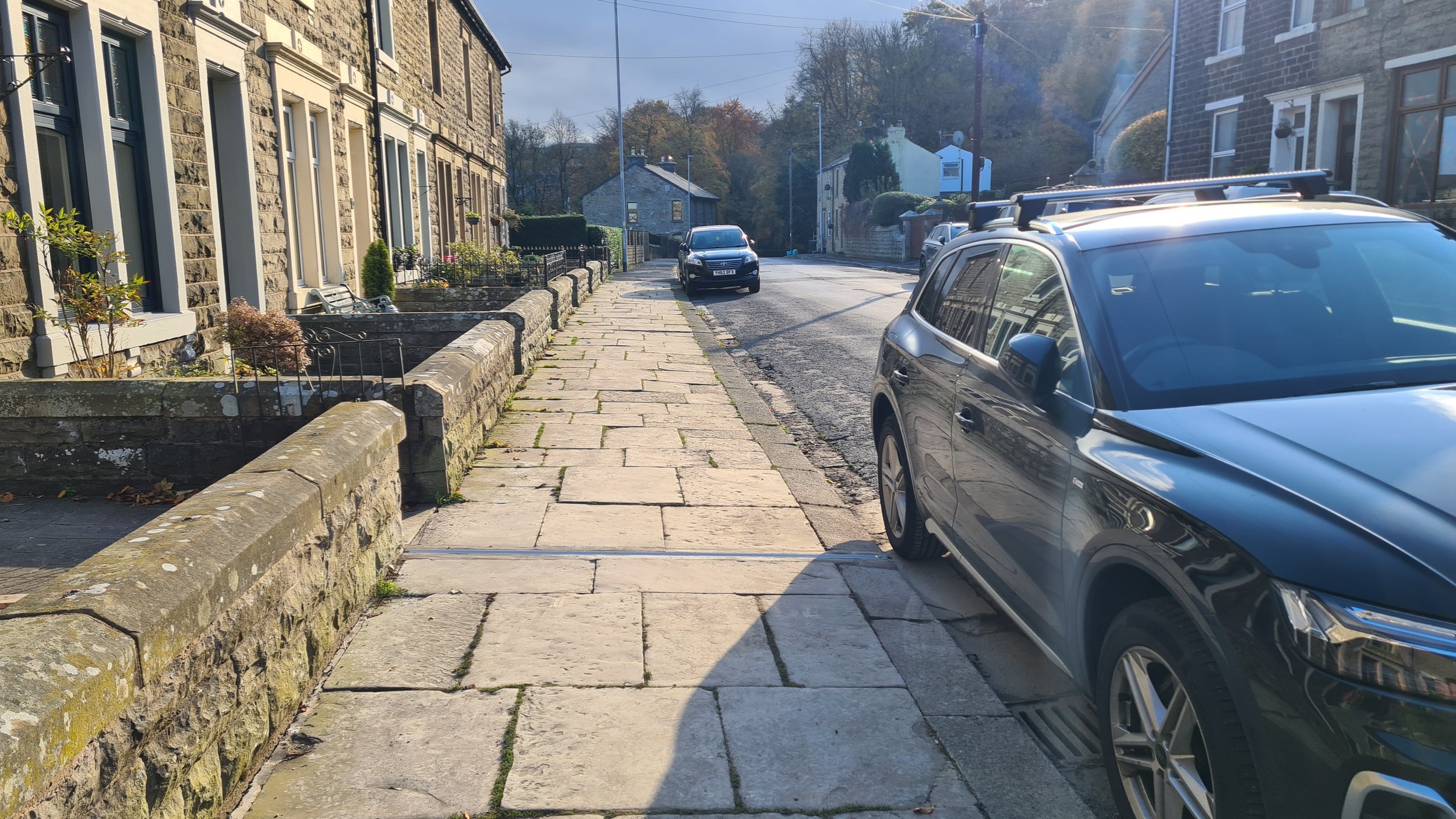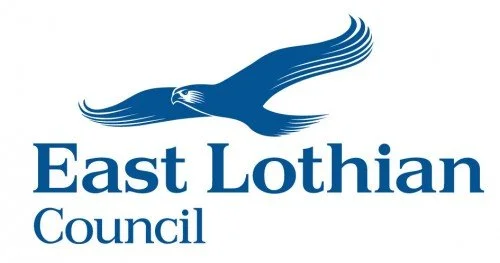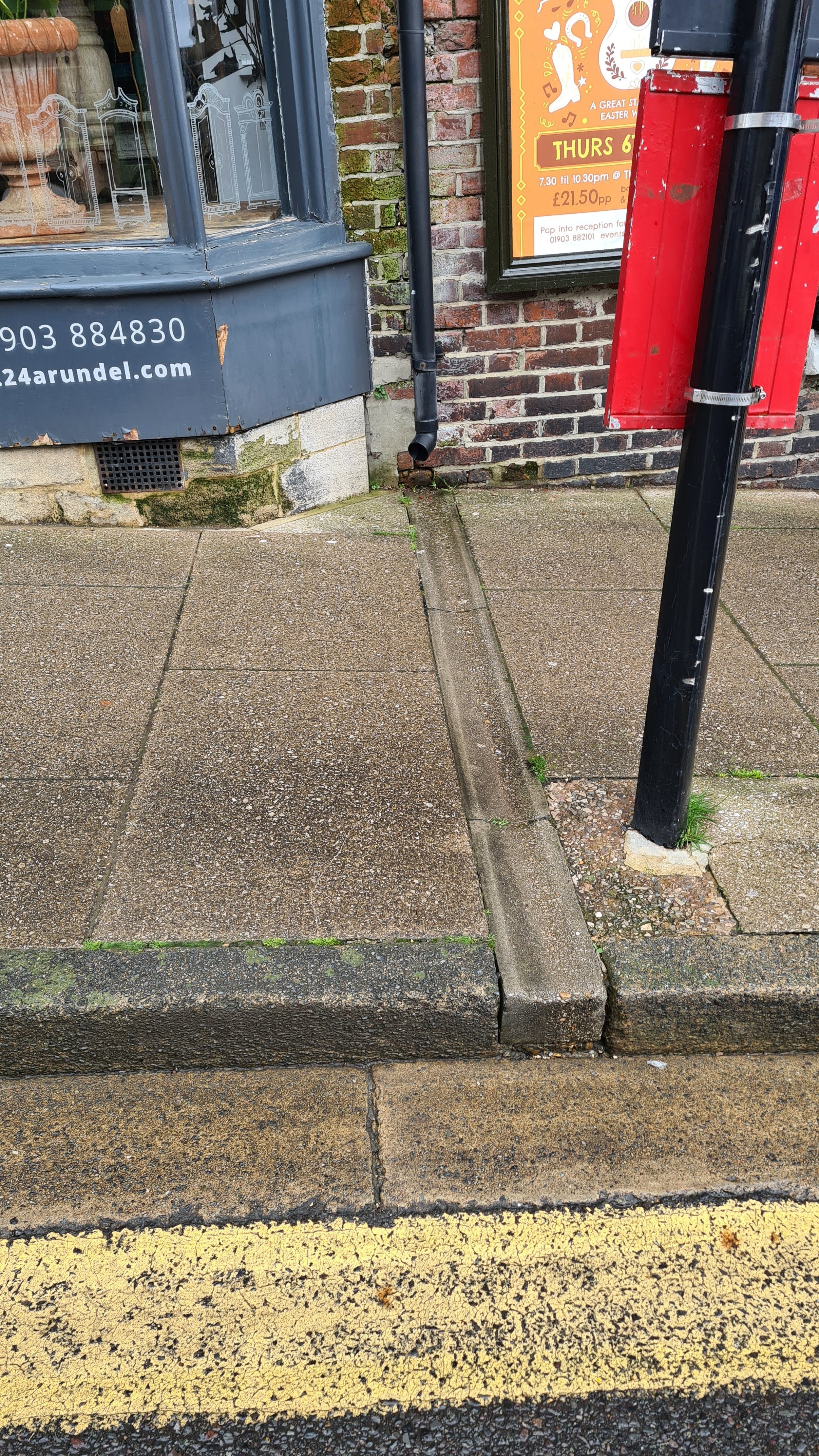
Local Authorities
“Transport produced 26% of the UK’s total emissions in 2021, and remains the largest emitting sector in the UK.”
Whether you are trying to reduce pollution levels or meet net zero targets, we partner with you to deliver your electric vehicle on-street charging strategy goals.
Most Local Authorities choose to arrange a pilot scheme to trial Charge Gully first to develop a policy around offering our solution to residents. We provide you with a licensing pack covering maintenance and liability, and templates.
The channels can be supplied on a supply-only basis, or let us take care of the installation and customer ordering process with our turnkey solution.
The installations can be 100% funded by residents who can apply for the £350 Electric Vehicle Chargepoint Grant for Households with On-Street Parking. Local Authorities in England and Wales can also use the Local Electric Vehicle Infrastructure (LEVI) and the Ultra Low Emission Vehicle Transformation Funds (ULEVTF) to fund the installations.
Via our partners GoPlugable, your residents can share their EV chargers with their neighbours. It is like the Airbnb for EV chargers.
Our partners and what people say about us
Secure
Our channel is compliant with Clause 7.9 of the British Standard for drainage channels for vehicular and pedestrian areas (BS EN 1433:2022) which requires all channel covers to be secured and designed to allow opening by means of tools.
The simple and robust ultra low-profile lock is operated with a special key which prevents third-parties tampering with the cover or the cable.
There is no risk of someone pulling the cable out of the channel when it is left unattended and creating a trip hazard across the public pavement.
Designed for Local Authorities
***October 2024 design update: following design development, we no longer rely on a spring for the self-closing action of the lid. Our new improved lid self-closes under its own weight, ensuring that it still cannot become a trip hazard, more reliably.***
Safe and inclusive
-
The secure lid prevents the charging cable being pulled out of the channel and creating a trip hazard.
Each Charge Gully user is provided with a key to lock and unlock the channel, enhancing security and safety on public pavements.
-
The lid closes under its own weight so can't remain open and cause a trip hazard.
-
The ribbed pattern on the lid prevents slips and falls.
-
Compliant with Department for Transport's guidance Inclusive Mobility - A Guide to Best Practice on Access to Pedestrian and Transport Infrastructure as it does not leave a gap in the pavement and sits flush with the pavement surface.
We are developing a tool that allows people who cannot bend to the ground to use our cable channel easily.
Ultra-shallow
-
Being only 45mm deep, the channel sits within the surfacing courses of the pavement which is at least 70mm thick.
-
This means there is no risk of disturbing existing underground services.
-
The channel is installed in less than 2h minimising the period the pavement is closed for.
Durable
-
Made from marine grade 6063 T6 aluminium complying with BS EN 124 (British Standard for gully tops and manhole tops for vehicular and pedestrian areas).
The metal construction makes it resistant against UV ageing and wear.
Our channel is also anodised for extra protection.
Expected life expectancy of greater than 20 years.
Comes with a 7-year no fuss warranty.
-
We use the Hydro RESTORE range of aluminium which contains part-recycled aluminium.
The channel off-cuts can be recycled at any recycling facilities following the installation.
Aluminium can be recycled indefinitely without any loss in quality making it one of the only truly circular materials.
-
Fully sealed to protect against dirt and debris.
Tested to 10,000 times cyclic opening and closing.
-
Class B125 rated (12.5 tonnes) tested in accordance with BS EN 1433:2022 (British Standards for Drainage Channels in Vehicular and Pedestrian Areas). Testing certificate is available on request.
The channel can carry twice the maximum wheel loading of articulated lorries in the UK.
Gullies
Pavement gullies have been around for a long time to drain rainwater away from house downpipes to streets.
Charge Gully is the gully for the modern world, having a minimal visual impact in the streetscape.
Easy installation
All reinstatements are carried out in accordance with the Specification for the Reinstatement of Openings in Highways 4th Edition and its Electric Vehicle addendum by New Roads Street Works Act 1991 certified contractors.
Being only 45mm deep and 54mm wide, the channel is installed by cutting a narrow groove within the surfacing courses of the pavement above existing utilities.
The channel is laid on a rapid setting bedding mortar to provide a strong foundation and a suitable material complying with the Specification for the Reinstatement of Opening in Highways is used to fill the gap either side of the channel. The channel is installed permanently into the groove helped by the ribs on both sides of the channel which provide a strong key. The channel can be installed in all types of pavement.
Should the pavement be uneven, the groove is made wider to create a smooth transition either side of the channel. High points can be locally ground down and low points filled in leaving the pavement safer than it was before.
The installation takes less than two hours in the vast majority of cases.
Certification and testing
-
Securing device via locking mechanism in accordance with Clause 7.9 of BS EN 1433:2022 (British Standard for drainage channels for vehicular and pedestrian areas).
Safe for a 12.5t load (Class B125) tested to BS EN 1433:2002 in ISO 17025 UKAS accredited laboratory. This is greater than the 6t load limit per wheel allowed for articulated lorries in the UK. Certificate available on request.
6063 T6 aluminium alloy compliant with BS EN 124-3:2015 (British Standard for gully tops and manhole tops) without need for additional corrosion protection.
-
100% designed and made in Britain in ISO 9001:2015 compliant factory.
The gully is extruded in Cheltenham, anodised in Bedwas and the locking mechanism assembled in Swansea.
-
We use the Hydro RESTORE aluminum range which contains pre-consumer scrap, post-consumer scrap and a small amount of primary aluminium to fine control the alloy composition and mechanical properties (3.4 to 7.0kg C02e / kg).
The gully can be entirely recycled at a fraction of the energy of the primary aluminium production process to avoid waste and create a circular economy.
-
9.7 million households in the UK don't have off-street parking.
This represents 1 in 3 households, with greatest concentrations in urban areas.
Currently, those people rely on public chargers.
-
Convenience: Public chargers are often not on the doorstep, cannot be guaranteed to be available and require freeing up the space at the end of the charge to avoid an overstay charge.
Expensive: public chargers are 5 to 10 times more expensive than charging from home on an overnight tariff. The latest Zapmap Index survey shows that it costs >£1000 more per year for someone using public chargers compared to charging from home.
At this price, charging an EV using public chargers is more expensive than running an a petrol or diesel car.
-
People are trailing cables across the pavement; hanging them down from windows and lampposts. This makes our pavements unsafe, particularly for buggies, wheelchairs and people with visual impairment.
Even if some people use cable protectors, these still leave a big bump on the pavement and are not secured.
FAQ for Highways Authority officers
-
The gully is typically installed by an existing highways approved contractor of the local authority and so additional permits are not normally required.
A licence is granted to the resident to use the gully covering its maintenance, liability and ownership.
-
The gully can be owned by the Local Authority (adopted), by the resident or the cross-pavement supplier.
-
The resident’s licence is tied to the property and is transferred with property ownership.
The licence states that when selling the property the owner needs to tell the new owner of their responsibilities under the licence through their solicitor.escription
-
The licence specifies that the resident is responsible for cleaning the gully and using the gully in a correct manner (i.e. placing the cable property in the gully). This involves occasionally brushing off leaves and other debris. The gully is otherwise maintenance-free.
The resident must report any issue (such as incorrect operation or fault) they observe with the gully to us which we will repair within the guarantee period.
Charge Gully will repair or replace the gully during the guarantee period. We provide a 7-year guarantee for the channel and 2-year guarantee on labour.
The resident is required to lock the lid whenever the gully is left unattended removing any risk of trailing cable. The lid is self-shutting further minimising the trip risk.
The licence specifies that the resident is liable for any injury, damage or loss relating to its incorrect use. When purchasing the gully, the resident agrees to take a liability insurance cover protecting them against injury to third parties.
In case of defect due to vandalism, the channel lid can be swapped out or the channel taken out and replaced.
-
The resident instructs a council-approved contractor to remove the gully who reinstates the pavement as per original at the resident’s cost.
-
The average person only needs to charge their car once or twice a week.
In addition, longer EV cables (10m-15m) now exist allowing residents to charge their car from a space up or down the space fronting their house (note that this may be restricted if there are metal-cased street furniture in the vicinity due to the potential simultaneous-contact risk).
We have heard of positive stories of neighbours creating local Whatsapp groups to help coordinate parking spaces.
Residents can also share their chargers via apps like GoPlugable, so once a few residents in the neighbourhood do that, they will be able to use each other chargers if they are unable to use their own, and generate some revenue in the process.
As a last resort, the resident may need to use the good old local public charger.
This may not work for everyone and for areas where parking is particularly challenging, our solution may not be the best option.
-
When getting a gully, the resident agrees that its installation does not provide them the right to reserve a parking space on the public highway. The licence states that the resident shall not place any signs or any other obstruction restricting parking outside of their property or any other part of the adopted highway.
With gullies, you don’t loose street parking space like it is the case with dropped kerbs.
-
Yes there is generally no issue using gullies in Controlled Parking Zones as long as the residents can generally park in front of their house once or twice a week.
Note that the user agreement states that getting a gully does not entitle the resident to reserve the space in front of their house which remains part of the public highway.
-
Utility companies typically need to open the footway over a limited width to undertake work alongside the pavement and can undertake repairs to their assets located at depth by going below the gullies.
Where more significant works are required, the gullies can be taken out and reinstalled as per the original installation method.
























